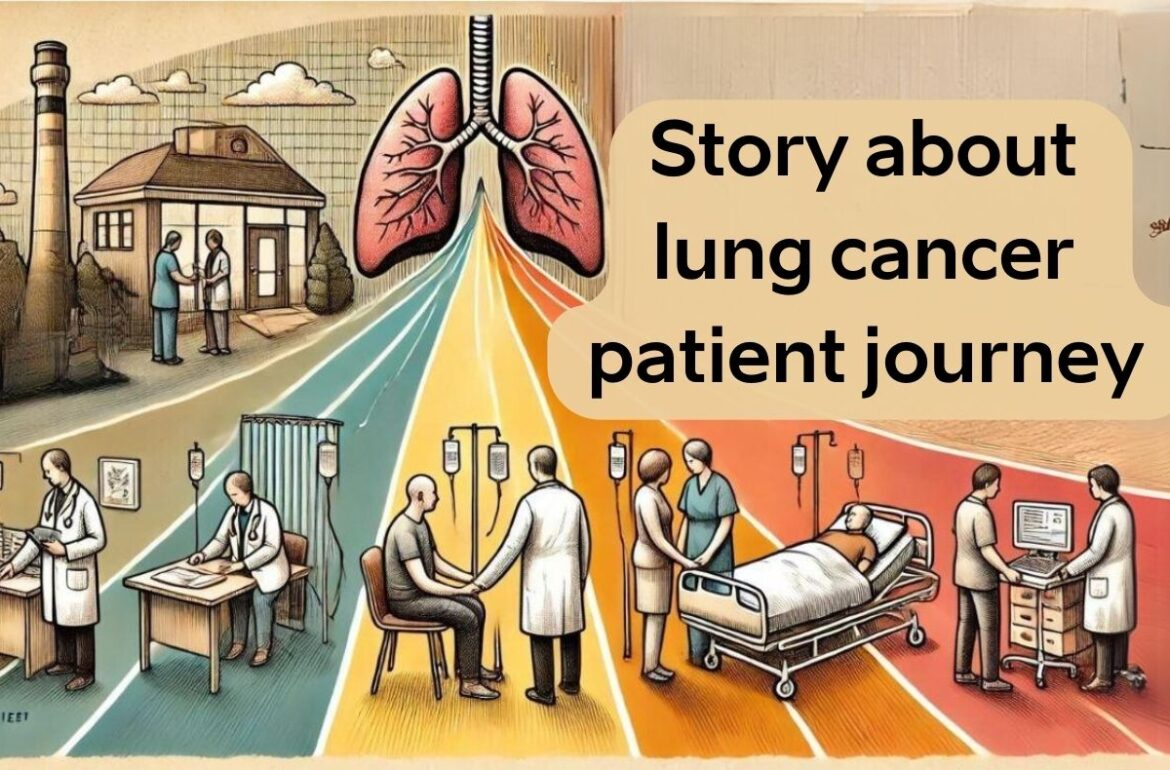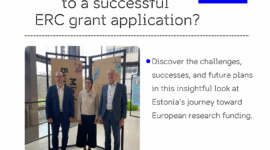Table of Contents
A major Estonian study to improve care for patients with lung cancer wrapped up this month, resulting in more than a dozen key findings that will help to inform treatment going forward, as well as a substantial dataset that will continue to yield new information for the next three years.
Mapping the journey – the Lung Cancer Patient Pathway Project
The Lung Cancer Patient Pathway Development Project held its concluding event on 6 August at the Ministry of Social Affairs in Tallinn where different stakeholders reported preliminary findings from the effort, and working groups produced suggestions on what should come next.
The overarching goal of the project was to identify opportunities to improve care throughout what is called a patient’s journey, from prevention to the time they report their first symptoms, to, in some cases, their end-of-life care or recovery. Project participants engaged with patients, as well as their physicians, associated hospital and social service providers, and healthcare system decision makers to collect data that could point the way forward for care. Such data could also be used to create tools to help patients better cope with their illness.
A collaborative effort – stakeholders and their crucial roles
The effort involved both private and public sector players, ranging from the Estonian Ministry of Social Affairs and the Health Insurance Fund to the Estonian offices of AstraZeneca, MSD, Roche, and Pfizer. On the research side, East Tallinn Central Hospital, North Estonia Regional Hospital, and Tartu University Hospital all took part in the study.
Tehnopol, the Tallinn-based science and business park, led the project from start to finish. According to Paulin Jürjens, a health technology development specialist at Tehnopol and project lead, leading such projects aligns with the services that Tehnopol offers and its overall mission.
“The aim of Tehnopol’s health technology community is to bring together different stakeholders,” she said. She noted that Tehnopol’s community includes pharmas, hospitals, universities, technology companies and others and that Tehnopol also cooperates with the public sector, which in the case of the lung cancer study made it ideal to serve as a nexus for all participants.
“As Tehnopol has extensive experience in project management both in Estonia and international projects, we were the right neutral party to manage the project,” she said.
Jürjens noted that the project commenced in January 2023 and officially ends this month. At the 6 August concluding event, Mari Teesalu, a scientific advisor at the Ministry of Social Affairs, and Kaarel Mikkin, a founding partner at Brand Manual, a Tallinn-based service design and branding consultancy that took part in the project, discussed some of their key findings.
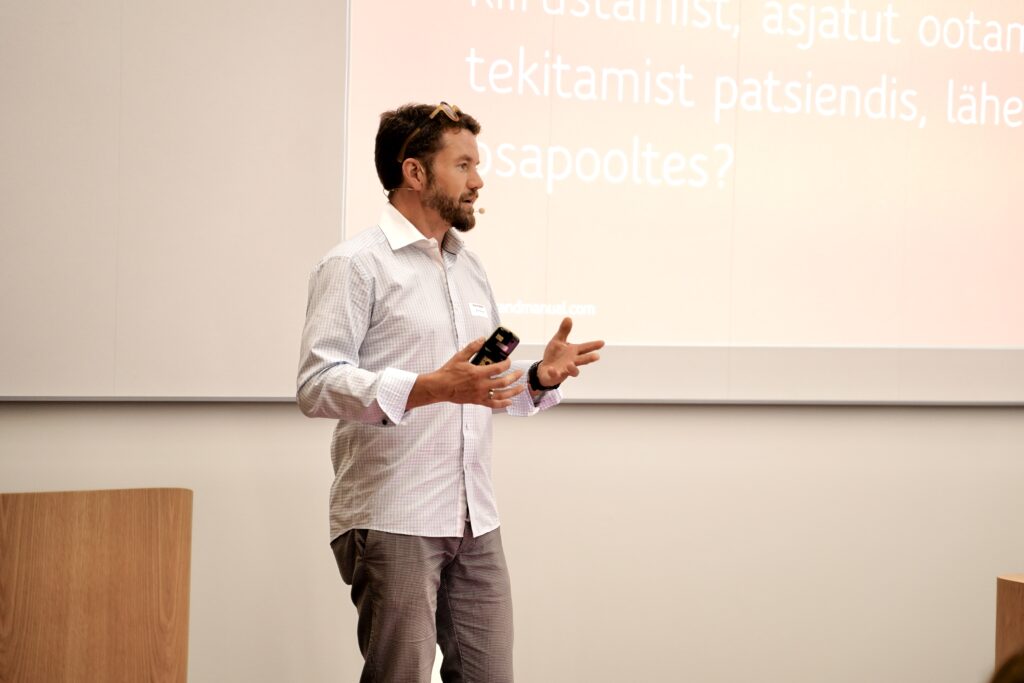
Uncovering the hidden struggles of lung cancer patients
There are in general about 800 new cases of lung cancer diagnosed in Estonia each year, and for the project, researchers collected data from 1596 patients diagnosed with lung cancer in 2019 and 2020. About three quarters of patients were men, and most were diagnosed after the age of 60 with advanced disease, usually in stage III or stage IV.
During their joint talk, Teesalu and Mikkin discussed some of the issues that came up during interviews for the project. Even at the first stage of the patient pathway, interviewees reported that they often did not visit their primary care physician, because, in some cases, they could not afford to miss a day of work. When presented with patients with nonspecific symptoms, physicians don’t always refer them to specialists, and look for more common explanations. The rate of visits to physicians however increases in the months leading up to diagnosis.
Once referred to specialists, patients again have personal conflicts in finding time to go in for analyses, and often do not understand some of the terms their physicians or specialists are using. Then also at times have to wait for weeks for a diagnosis, which is difficult for them, they reported. A lack of immediate information can also send patients scurrying to internet search engines to pull up answers to their questions. One treatment starts, patients reported feeling secure in the system and said they were satisfied with care.
Teesalu and Mikkin also drew attention to the need to support the loved ones of patients, who often do not know how best to support them. In terms of managing the disease, they reported that patients and those close to one are lacking a platform for communicating with each other and with their clinicians.
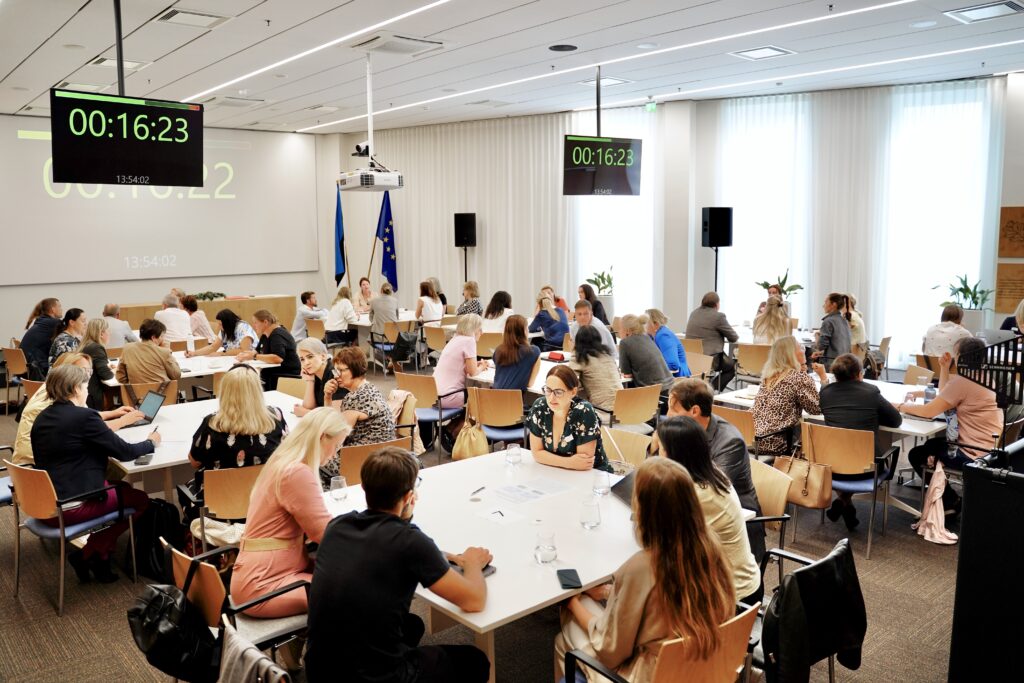
Turning insights into action
At the end of their presentation, they outlined 15 opportunities for development, and also prioritized them. These included making the diagnosis delivery process more patient-centric, providing practical information on living with the disease, and more clearly explaining medical procedures to patients. There was also an emphasis on reviewing patient data protection regulations and managing patient expectations during the diagnostic process.
An official report on the project is due to be published in the fall.
According to Mikkin, Brand Manual was responsible for several stages of the effort. This included conducting face-to-face, in-depth interviews with lung cancer patients and their close ones; analyzing and defining the main insights and challenges faced by patients; and visualizing those insights on a journey map. Mikkin noted that Brand Manual also carried out workshops with different stakeholders, ranging from doctors to therapists to patients, as well as representatives of local governments and the Estonian Ministry of Health.
He noted in a followup interview that at a personal level, the project was “deeply touching and impactful” to him, and said the openness of patients, some of whom had been diagnosed with stage 4 lung cancer just weeks prior, had surprised him.
“They had made peace with their situations and were completely candid and friendly,” he said. And while their own stories were difficult, they expressed a desire to help future patients through their interviews.
He also underscored that the main issues and pain points that came up during the study weren’t related to the quality of care in Estonia, but more about communication and compassion during their journeys. “The system is focused on treating the disease, but it should be focused on treating the patients, the people and their families so they can better help themselves,” he said.
Mikkin was also inspired at a personal level to stop smoking — he had been a social smoker before — and to work on his lifestyle, becoming more physically active and shedding weight.
“This project had a profound effect on me,” he said.
According to Teesalu from the Ministry of Social Affairs, data from the project will be available to scientists in the form of aggregated data, such as graphs or tables, going forward. Raw data from the project will be stored through June 2027. However, the raw data cannot be shared, as has been mandated by the data protection office and ethics committee. Project members can still query the data if suggested to do so by scientists or doctors. Teesalu said that such suggestions to review the data are “very welcome.”
During the concluding event on August 6, participants took part in workshops focused on two main areas: improving the process of diagnosis delivery and enhancing the clarity of the information environment. Jürjens said she was “pleased” with some of the suggestions that developed out of the workshops, and said that those present were “able to identify priorities for where to start implementing changes, as well as some quick wins.”
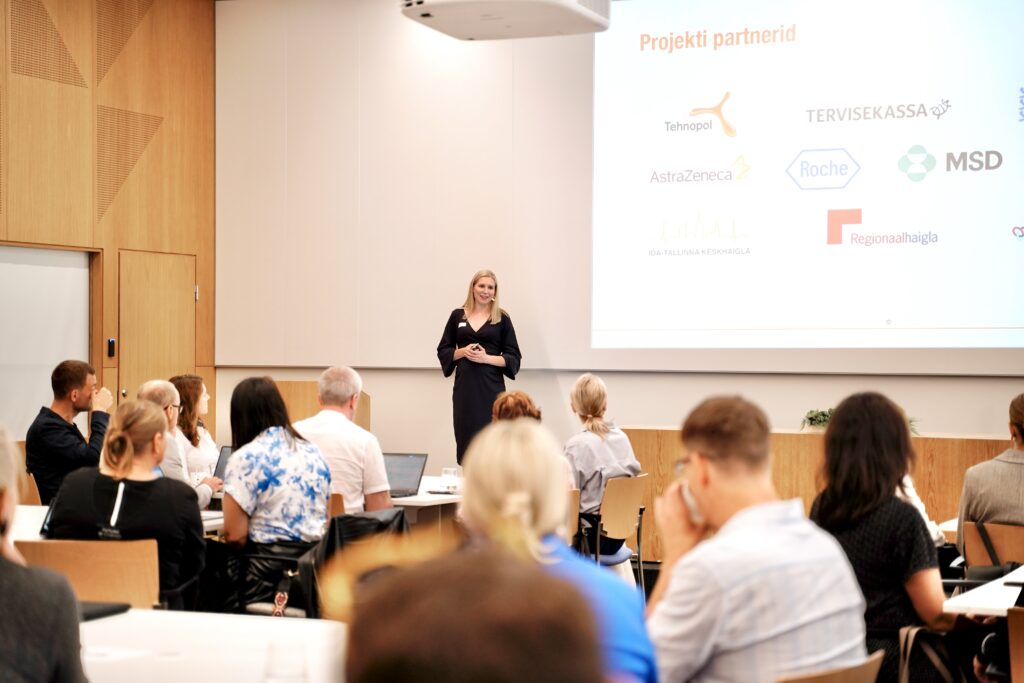
Looking forward! Building on the study’s success
In addition to being able to interrogate the data for three more years, Jürjens noted that several projects are underway that will help to build upon the findings of the Lung Cancer Patient Pathway Development Project. One is a Estonian Health Insurance Fund project that commenced last year focused on developing treatment journeys. The effort also includes an accelerator program and a team led by investigators at Tartu University Hospital was recently awarded a €15,000 grant for a project focused on improving care for lung cancer patients.
A second project, called “Developing and testing a data-driven decision-making dashboard in cancer” is also ongoing. This project, led by Kadi-Liis Veiman, head of the Estonian Cancer Center at the University of Tartu, has a budget of €1.5 million euros and could address some of the shortcomings also highlighted by the Lung Cancer Patient Pathway Development Project.
Other institutions taking part include North Estonia Medican Centre, Tartu University Hospital, East Tallinn Central Hospital, Tallinn Children’s Hospital, the Health and Welfare Information Systems Centre, the Estonian National Institute for Health Development, and the Ministry of Social Affairs.
“One major issue that was highlighted [in the recent lung cancer study] was poor communication between doctors, patients, and their families,” said Veiman of the new project. “There is a need for a unified platform where all the information related to the patient’s care journey is easily accessible.” Veiman also presented at the August 6 concluding event in Tallinn.
Closing the loop: how these findings will shape the future
Her new project aims to streamline data collection and use within the Estonian healthcare system for cancer patients by creating a new platform that could lead to quicker decisions, make information more available, and improve the work of physicians as well as cancer researchers, she said.
“Additionally, with this project we want to seek to simplify the patient treatment pathway for patients by providing clear, structured updates on the treatment process,” Veiman noted. “This patient-friendly dashboard will enable better understanding for patients and their families regarding the current status of treatment and the next steps in their care journey.”
She added that most of the results of the lung cancer study were not specific only to lung cancer patients and could be extended to different patient groups.
“Keeping in mind these key findings, the Estonian Cancer Center will keep building on the results by enhancing patient-centered communication tools that empower patients to play a more active role in their treatment decisions,” Veiman said. “These tools will improve access to personalized treatment information, promote better interaction with healthcare providers, and enable timely feedback from patients on their care experience.”
This article is written by Justin Petrone. This article was funded by the European Regional Development Fund through Estonian Research Council.
If the idea of cloning has you seeing double, stick around—our next article delves into the science that could make your doctor’s office look like a scene from a sci-fi movie! Read more about A breakthrough in science: Horse cloning at the Estonian University of Life Sciences!
 Back
Back